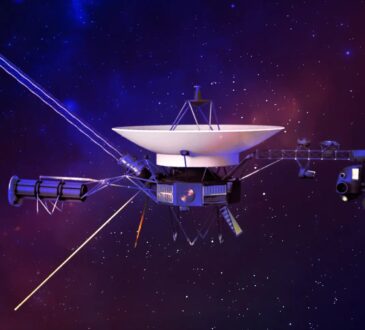
Only recently, the world of app development saw the emergence into popularity of microservice architectures and app containerization. This could possibly mark the attenuation of monolith architecture. Microservices and containerization helped shape the application development industry into having greater agility and portability. This is a good news for everyone. As Forrester recently predicted, there will be a massive migration to the cloud in 2018. And in connection to this, virtually all workloads will be in the cloud by 2020 as forecasted by Cisco. With microservice architecture and containers, migration comes in in handy.
In this article, we discuss the essential things about the two and the many benefits that they could offer to enterprises.
What is Microservice?
Microservice is basically a system architecture that decentralizes its components into smaller, deployable and modular services. It is composed of small independent processes that are standalone applications. Say for example, Amazon would have self-contained services one for each of its business processes e.g shipping, inventory management, invoicing, shopping cart etc. This type of system architecture helps enterprises to delegate workloads to their departments with their own development teams.
To better understand this, its opposite is worth discussing, albeit briefly. Back in the day, enterprises have monolith architecture. It is a centralized unified and single unit composed of various processes or services. For small enterprise with quite simple processes, this is a good choice. However, when you need to scale up one of its components, you have to scale the whole system. This means all changes are linked to each of its parts. The only practical solution is to isolate or decentralise each part–what we call microservices. It enables you to manage one service or process independently without the need to tweak the entire system.
Containerization
Containerization or application containerization is a virtualization method for running and deploying an application or process without launching the entire virtual machine. It is a practical solution to incompatibility issues when migrating applications or processes from one environment to another. Containers and microservices get along together very well. When used for microservices it isolates the process or application that only utilizes the virtual operating system rather than the whole virtual machine VM.
In simple terms, containers is a standalone means of deploying microservices as it holds important components to run an application or process such as files, libraries etc.
When put together, enterprises can take advantage of faster application development, easier maintenance and migration.
The Benefits of Microservices and Containerization
Agility
One of the landmark benefits of microservices is the ability to move easily and quickly. By decoupling softwares into standalone pieces, dependencies on other parts of the systems are taken away and as a result, scaling and migrating are faster and easier. In contrast to monolith architecture, upgrade or scaling up requires rebuilding the entire monolith.
Resilience
Service failures are inevitable in every enterprise’s processes. Microservices are not immune to it, they can be implemented badly and fail. However, the concept behind microservices does away with domino effect. This means system failures are isolated. Only one component is broken and not the entire system is affected. “Microservices can tolerate failures of [other] services”, as Martin Fowler noted.
Speed
With containers, applications can start, run and stop without waiting for the whole virtual machine to boot up the entire operating system. This is because containers shares a single kernel of the same operating system. This makes containers more efficient than virtual machines.
Portable
Containers like Docker operates on a “write once, run anywhere” basis which allows developers to migrate softwares from one environment to another. This enables greater freedom in running the process across different providers.
Do you find this article informative? Share us your thoughts by commenting below.
Author Bio:
Micah de Jesus is a Digital Marketing Professional. She works as the Managing Director of GrowthScout SEO Services, an SEO & digital marketing firm in Quezon City, Philipines. She has a knack for making travel itineraries, writing about network operations center and perfumes.




